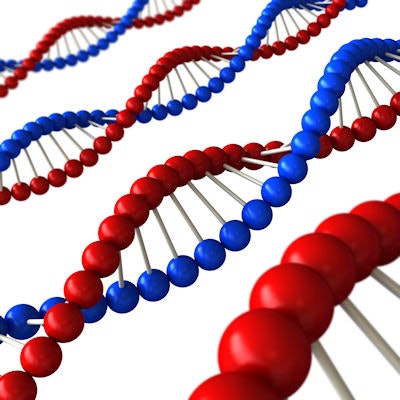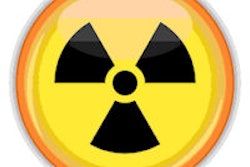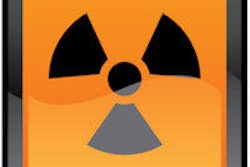
U.K. researchers studying human cancers have identified two characteristic patterns of DNA damage caused by ionizing radiation, enabling doctors to potentially determine which tumors were caused by radiation exposure, according to a study published on September 12 in Nature Communications.
The results will also be helpful in explaining how radiation causes cancer, according to lead author Dr. Peter Campbell, PhD, from the Wellcome Trust Sanger Institute in the U.K.
The researchers studied the genomes of cancers caused by radiation and compared them with cancers that arose spontaneously. In doing so, they found two mutational signatures for radiation damage that were independent of cancer type (Nat Commun, September 12, 2016).
"We then checked the findings with prostate cancers that had or had not been exposed to radiation, and found the same two signatures again," Campbell said in a statement. "These mutational signatures help us explain how high-energy radiation damages DNA."
One mutational signature consists of a deletion, in which small numbers of DNA bases are removed, he said. The second signature, called a balanced inversion, is when the DNA is cut in two different places and the middle piece is inverted and then reinserted.
Most likely, ionizing radiation causes many different types of mutations, but these two give a sense of what is happening to DNA when it is showered by radiation, chopping the genome into pieces and causing a lot of damage simultaneously, added Dr. Sam Behjati, PhD, a clinical researcher at the Sanger Institute and the University of Cambridge. The damage appears to overwhelm the DNA repair mechanisms in the cell, he said.
Dr. Adrienne Flanagan, PhD, from University College London and the Royal National Orthopedic Hospital, said that the mutational signatures could be used as a diagnostic tool for both individual cancer cases and groups of cancers. Once the cause of individual cancers is better understood, researchers can move on to study whether radiation-induced cancers should be treated differently from other cancers.




















